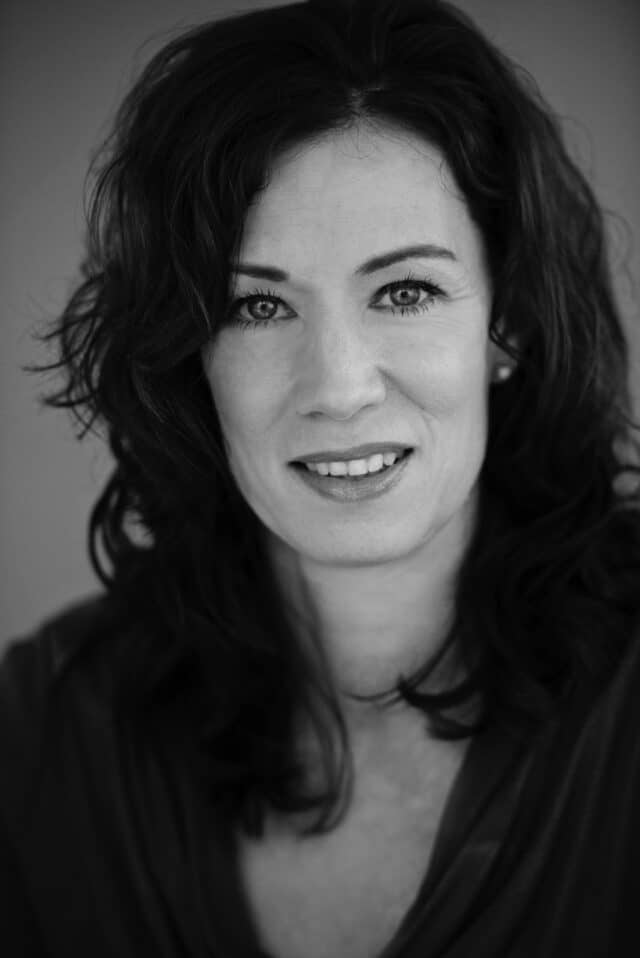
More Acupuncture Articles
Cupping Therapy: Older Than the Olympics

The Tokyo Olympic Games have brought renewed attention to cupping therapy, when Olympians on the Men’s swim and gymnastics teams were recently seen sporting the distinctive marks associated with this treatment for pain and injuries. The internet and media outlets were abuzz with articles and comments about this not-so-revolutionary, not-so-new method of treatment.
Although the origins of Cupping Therapy are still uncertain, the first written mention of it was found in Egypt around 1500 BC. Hieroglyphics in the Ebers Papyrus, describe the use of cupping for treating a variety of ailments, including fever, pain and vertigo.
From Egypt, the practice spread both East and West. In ancient Greece, Hippocrates viewed cupping as a remedy for almost every type of disease. In China, cupping is first mentioned in writing by herbalist, Ge Hong (281-341 A.D.), in his book A Handbook of Prescriptions: “Acupuncture and cupping, more than half of the ills cured.”
Throughout the 18th century, European and American doctors widely used cupping in their practices to treat common colds and chest infections. By the late 1800’s, cupping lessened in popularity with the advance of modern medicine, which took a dim view of what it considered “folk medicine.”
Cupping works like an inverted massage: instead of applying pressure to muscles, gentle suction is used to pull them upward. A vacuum is created by reducing the pressure in the cup, stretching the underlying tissues.
This releases tight soft tissue, drains excess fluids and toxins, loosens adhesions, lifts connective tissue, and brings blood flow to stagnant skin and muscles. Cupping can benefit the skin, muscles, joints, nervous system, circulatory system and digestive system.
The distinctive marks that cupping leaves are not bruises, which are caused by the rupture of blood in the capillaries, but Petechia: a slight subcutaneous discharge of blood from the vessels. The negative pressure from the suction causes blood from the peripheral capillaries to expand, not rupture.
As a result, cupping marks fade much faster than a bruise. Cupping therapy is a wonderful complement to acupuncture treatment. It can often create fast results for the relief of pain and discomfort. Make sure that you find a practitioner trained in cupping therapy.
The International Cupping Therapy Association is a good resource for finding qualified practitioners and also is a good source of information regarding cupping.

















